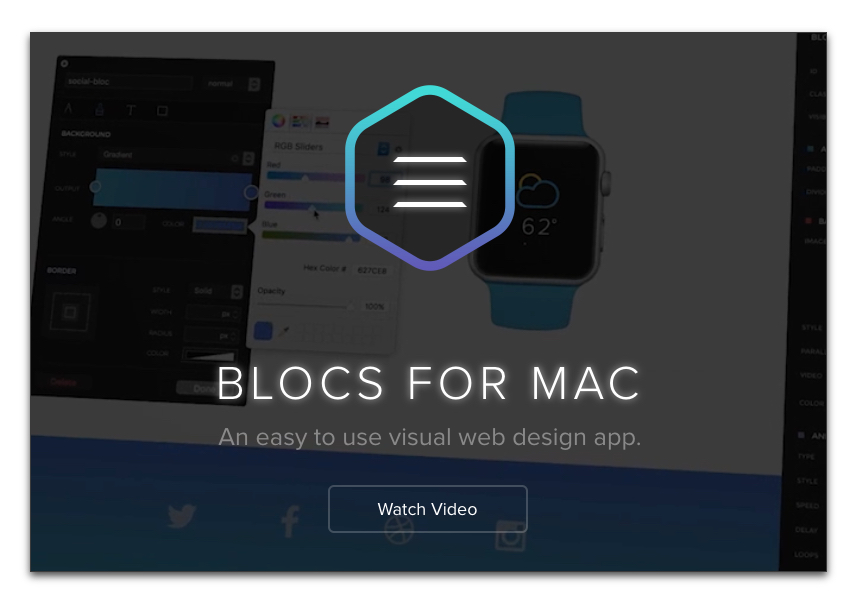

- #BLOCS TUTORIALS HOW TO#
- #BLOCS TUTORIALS INSTALL#
- #BLOCS TUTORIALS SOFTWARE#
- #BLOCS TUTORIALS CODE#
- #BLOCS TUTORIALS LICENSE#
#BLOCS TUTORIALS INSTALL#
You can run Linux commands, install more tools using the APT package manager, and customize your shell. You have a Debian 10 (Buster) environment. Next to “Linux Development Environment,” select Turn On.Select Settings -> Advanced -> Developers.On your Chromebook, at the bottom right, select the time.You can turn it on at any time from Settings. Turn On Linux Environment on Chromebook.To start the Linux environment on Chromebook follow these steps: (Many items for sale in the Blocs Store seem to have been adapted from RapidWeaver add-ons.) But if you're already a Blocs power user, or are considering trying Blocs for the first time, the Blocs Store offers yet another compelling reason to use the app.PictoBlox runs in the Linux environment on Chromebook. Some other Web design apps, such as RapidWeaver, offer similarly robust third-party ecosystems.
#BLOCS TUTORIALS SOFTWARE#
The Blocs Store seems like a clever way to let Blocs's most ardent developer fans make a living – or at least a side hustle – off their clever creations give Blocs users even more options for easy ways to add useful features to their sites and enlist help for Cazoobi (a one-person software development operation) to further fill out Blocs's already impressive abilities. You'll go on to fill out a separate seller application, which Cazoobi will review to decide whether you're storefront-worthy. When you sign up for an account on the Blocs Store, make sure you check the box expressing your interest in becoming a seller. Once you've got something you want to sell, you'll need an invitation before you can join the marketplace. (Depending on what you want to create, you may also need the HTML, CSS, and other coding knowhow to make it happen.)

How can I sell stuff in the Blocs Store?įirst, you'll need Blocs 3, which includes built-in creation and editing tools for custom blocs and brics. You don't even need to save the original file once you've done so. Just double-click to install it, and the add-on becomes a permanent part of Blocs. Once I've bought a bloc or bric, how do I install it?įor blocs, brics, and templates, installation is ridiculously easy. Those developers use various respectable third-party checkout services such as Cartloom or Gumroad, but at least for now, you won't find the convenience of a single central checkout here. The Blocs Store doesn't offer a shopping cart system instead, it directs you to individual developers' private storefronts to make purchases there. You can see every item's price while browsing, but to buy them, you'll need to visit an item's product page. But in general, the prices seem reasonable for items you'll either use for the long haul on a single site, or use often when developing multiple sites. You could quickly rack up a sizable bill if you went on a shopping spree. Most paid Brics cost $15, while the majority of templates cost $49 each, and tutorials range from around $40 to $99. Many basic brics, blocs, and tutorials are free. How much do items in the Blocs Store cost?
#BLOCS TUTORIALS HOW TO#

#BLOCS TUTORIALS CODE#
At launch, they include Cazoobi's other design app, Solis, which works with Blocs or the code editor of your choice to show simultaneous live previews of your site at multiple screen sizes.
#BLOCS TUTORIALS LICENSE#
At launch, you can purchase a license for Blocs-friendly CMS Pulse directly through the Blocs Store, along with an app that will convert any exported Blocs site to WordPress.


 0 kommentar(er)
0 kommentar(er)
